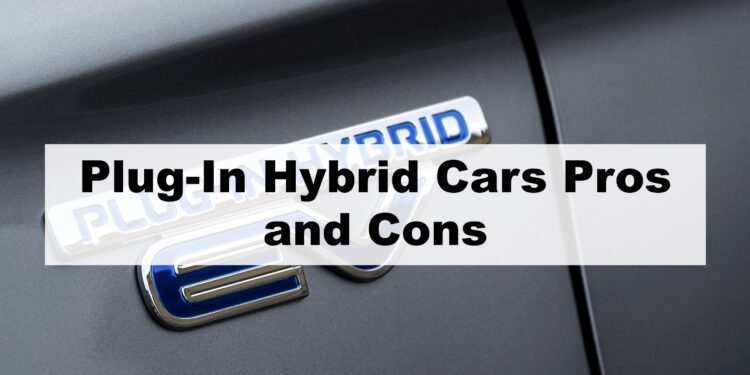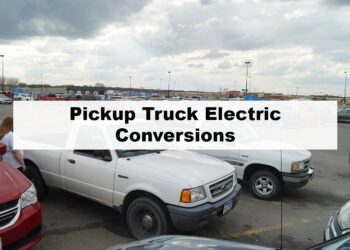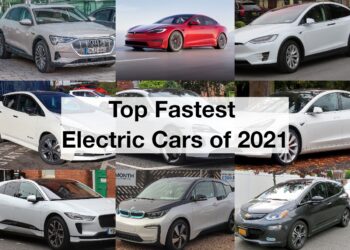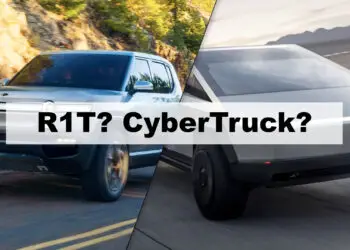Plug-in hybrid cars are the new future. In this article, we bring you the plug-in hybrid cars pros and cons. Without knowing the background of the starting stages of hybrid cars, the whole effort in the article would be futile. So, let us first have a look at what the hybrid and plug-in hybrid car is.
Locomotion is one of the features a man uses the most. Man loves to travel from one place to another. Over time, the modes of transportation have developed from foot in the earlier days to cars today. This leap in technology and science has led to many changes in our surroundings. ICE vehicles, as we all know, became one of the massive sources of pollution.
The smoke from the exhausts was clogging the lungs of the people, which lead to another invention. As they say, Necessity is the mother of invention. This invention was the electric car. But soon people found out it had many advantages and disadvantages and thus hybrid cars were born.
Hybrid cars – Introduction
What is a hybrid car? Well, as the word suggests-a mixture! Yes, a hybrid car is a vehicle that runs on over one source of power. They run on both gasoline and electricity. Hybrid cars thus pose as a solution to both of those problems. Hybrid cars are environment friendly than gas cars and also run longer than electric vehicles. All the wasted energy from the car recharges the battery.
Wasted energy? What is that? The power lost while braking or from the generator of the car. You cannot plug it into a power source like an electric car. With the introduction of plug-in hybrid cars, we solved this problem.
What is a plug-in hybrid car?
A plug-in hybrid is a hybrid car with only one difference. we can plug it into an outside power source. The plug-in hybrid car has more batteries when compared to a conventional hybrid car. We can charge the batteries of a plug-in hybrid car in the same way as a traditional hybrid car. Here, the existing components of the car, in turn, recharge the batteries. The difference being, we can also replenish the batteries by connecting it to a port. Thus, we can use an external source for a plug-in hybrid car and not for the conventional hybrid car.
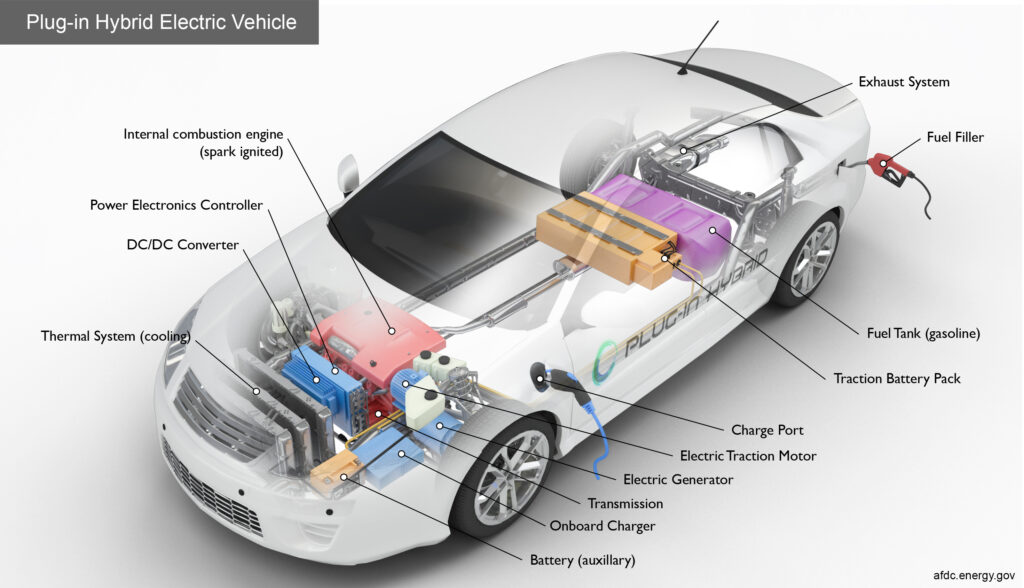
With all the buzz which goes around the plug-in hybrid vehicles, car buyers are at a loss. They may face the dilemma of not knowing which car to buy. Car buyers often find themselves in a problem when choosing between a hybrid and a plug-in hybrid car. Well, allow us to make things a little easier for you. We will list the advantages and disadvantages of a plug-in hybrid car. Thus, helping our readers and car buyers to make up their minds. So, wasting any more of your time, let’s see the pros and cons of a plug-in hybrid vehicle.
Plug-In Hybrid Cars Pros
1. Mileage
Plug-in hybrids are famous around the globe for their superior mileage. Mileage means the distance the car covers a specific amount of fuel. Calculating mileage can be as easy as dividing the distance traveled by the gasoline used. There were initial talks among car-making giants to make a car with a mileage of around 100 miles per gallon. The car manufacturers set out with this aim. But they surpassed it. They say the car Chevrolet Volt to be the current best in class in mileage. The car gives a mileage of around 150 miles per gallon.
2. Greener
In an age where humanity is fighting global warming and climate change, you can be a part of the fight! Choosing a plug-in hybrid car can help you reduce your emission footprint. Your vehicle will be greener. For short commutes, your car wouldn’t even need to use gasoline. An electrical charge would be enough. Emissions from a plug-in hybrid car are lower than the conventional hybrid car. While they are meager when compared to cars that only run on gasoline.
3. Cheap in the short run
Plug-in Hybrid cars have a very decent MPG range. Fuel efficiency proves to be light on your wallet, but only in the short run. Many people use their cars for intercity commutes that are usually short distances. We can cover these distances on an electrical charge. You can charge your vehicles from outlets at your home, from a gas station, or any other outlet.
4. Cheap Fuel
In a plug-in hybrid car, it uses electricity. when electric power is used as a fuel, it costs about 75 cents per gallon. It is much cheaper than the 3-4 dollars you would have to pay for every gallon of gasoline. Thus, reducing the burden of fuel you would otherwise have to bear in the long run.
We have seen how helpful plug-in hybrid cars car be. But as every coin has two sides- a good and a bad; hybrid vehicles also have some disadvantages.
Plug-In Hybrid Cars Cons
1. Initial cost
The cost of a plug-in hybrid car is more than a conventional hybrid. The plug-in hybrid car has an extra battery when compared to hybrid vehicles. The battery of a plug-in hybrid is costly. The cost increases because of the extra battery even. These batteries add up a couple of thousand dollars to the price of the car. Even if the batteries pay for themselves in the long run, this seems a massive cost burden for some.
2. Safety Risk
You will still have to put gasoline in your plug-in hybrid. Risks of fire after a collision increases because of two power sources. A small spark may ignite the entire gasoline reserve in the car leading to a massive fire and can prove to be a life hazard.
3. Servicing Costs
We need to remember that the plug-in hybrid car needs gasoline, even if it can run on electricity. So, servicing of components of the gasoline related power components is inevitable. Thus, the servicing costs of the car persist.
4. Long-distance travel
When you travel to longer distances, the cost efficiency is negligible. The cost tends to increase because you have to charge the vehicle with gasoline. Also, the extra battery adds to the weight of the car and reduces mileage.
With this, we have seen both the good and the perils of a plug-in hybrid car. We hope that this article would help our readers gain control over their troubled minds. We also hope to be instrumental in helping you make the right choices!
Stay tuned for further updates in the electric automobile sector! We bid adieu to the next article!
